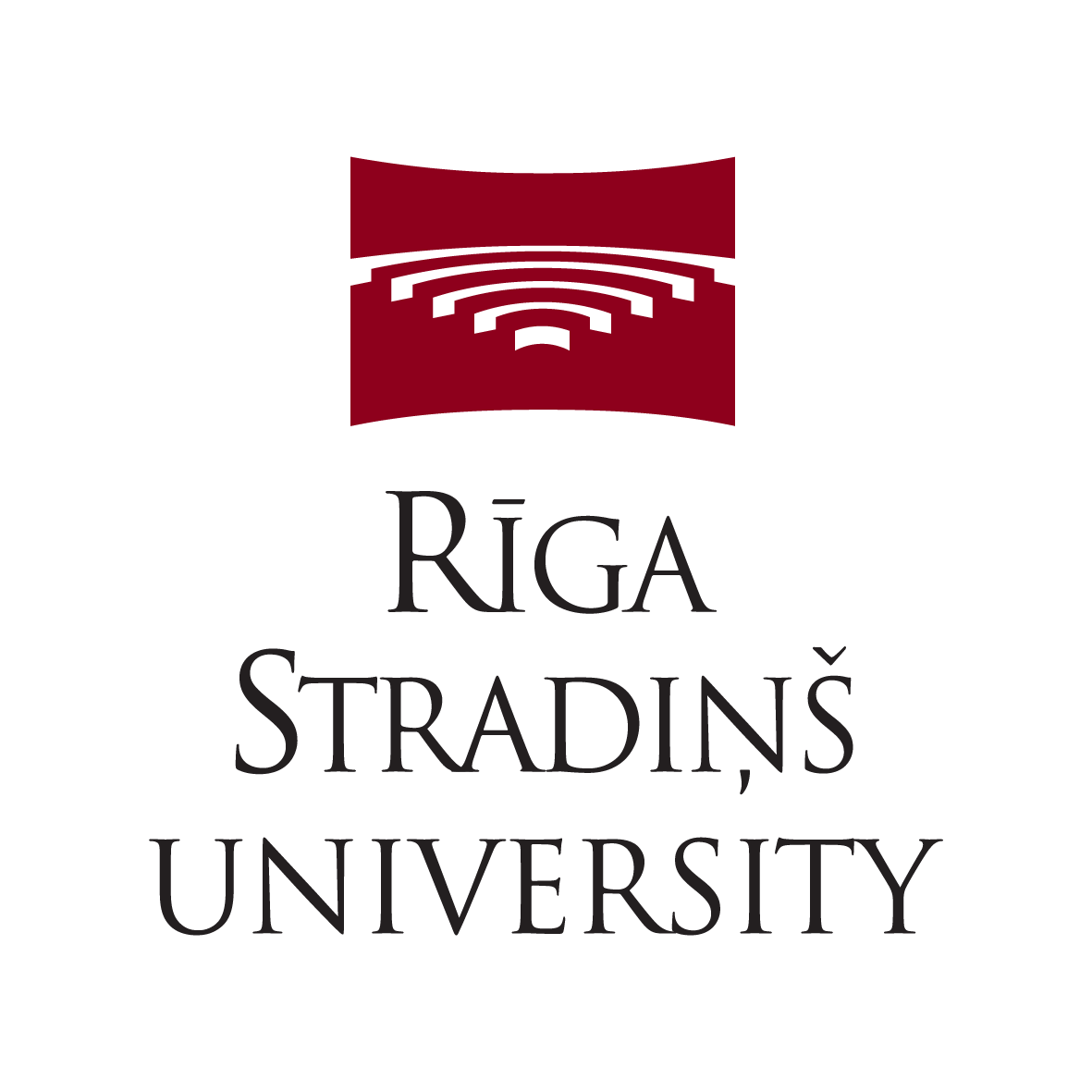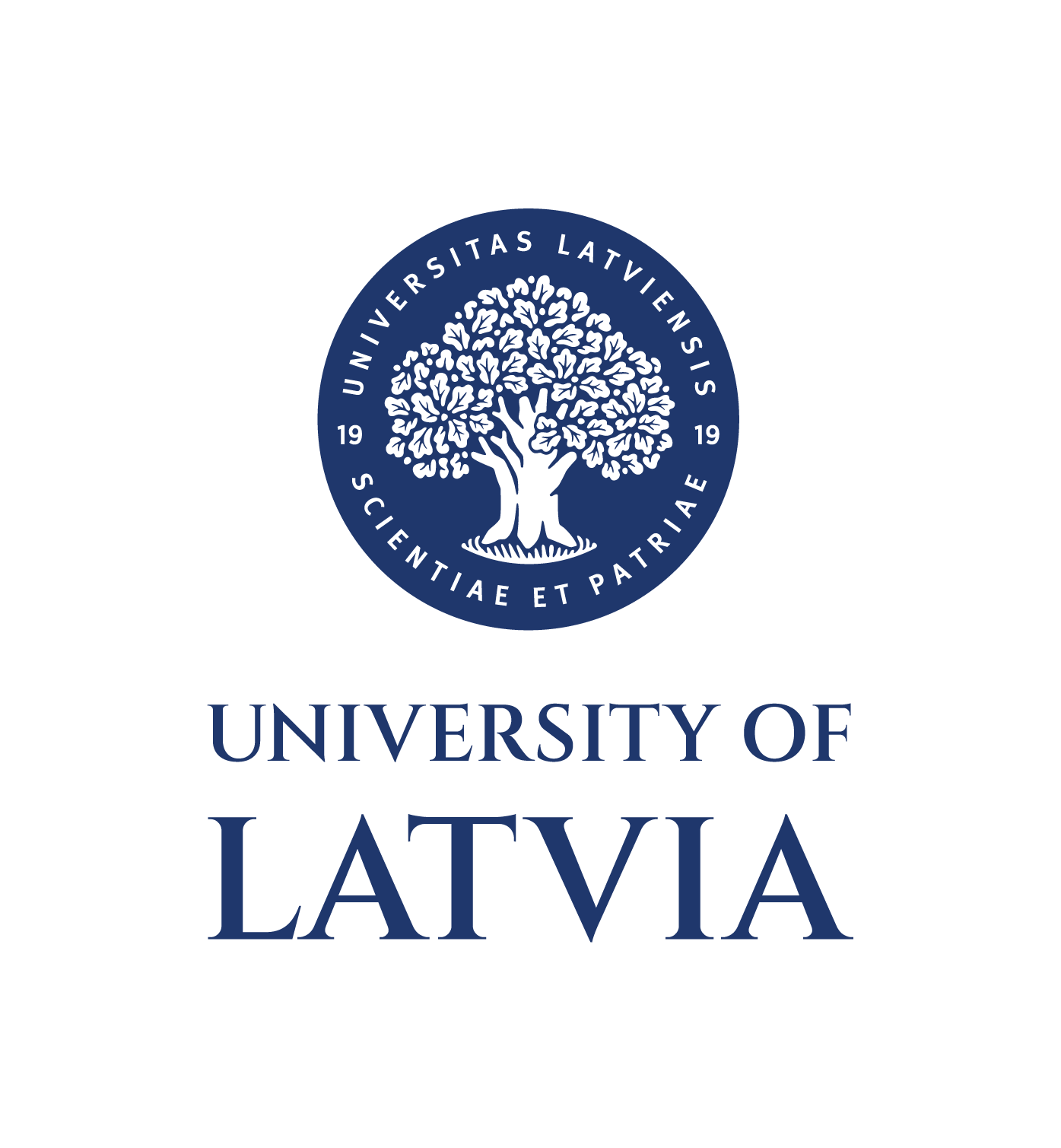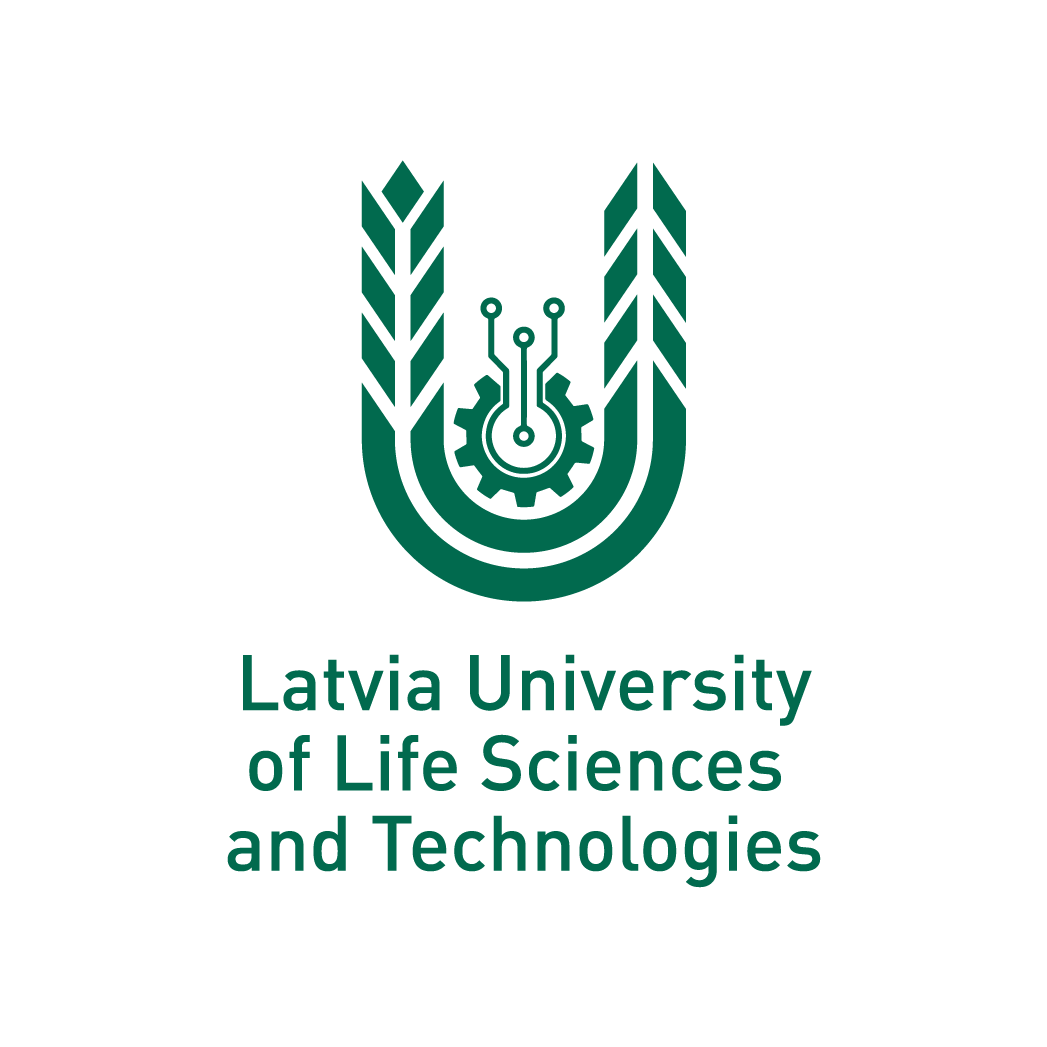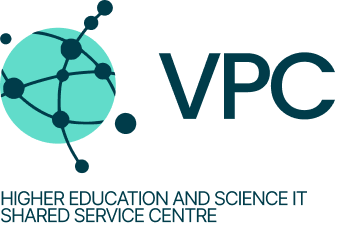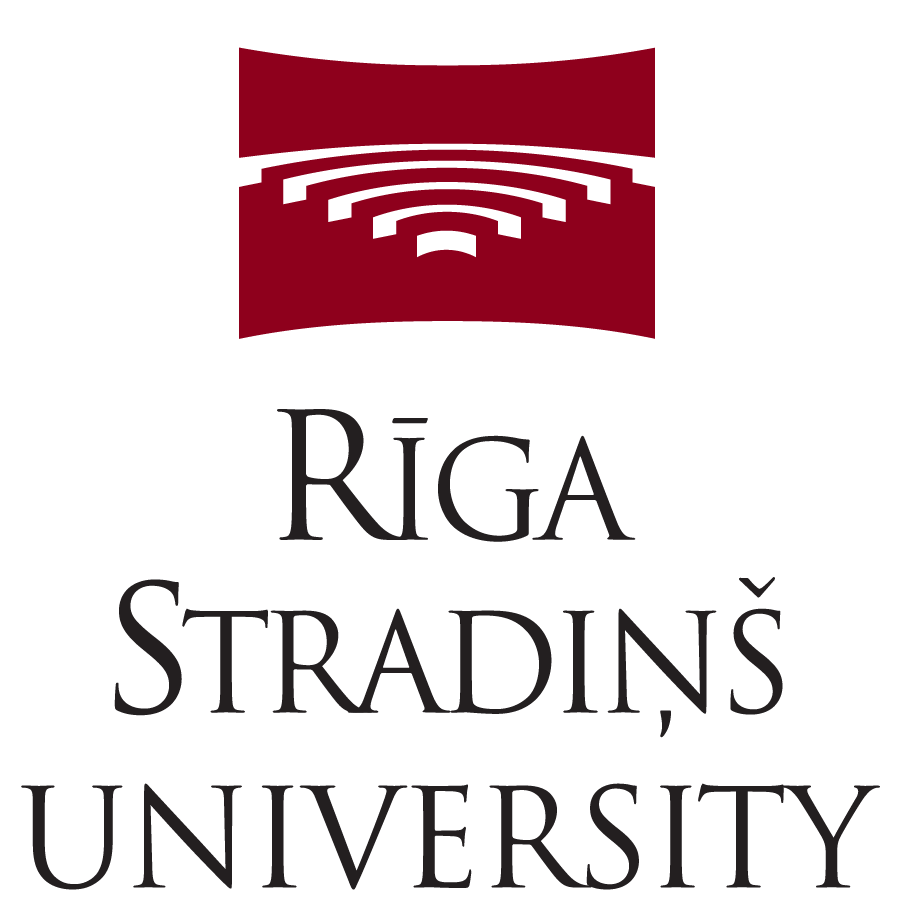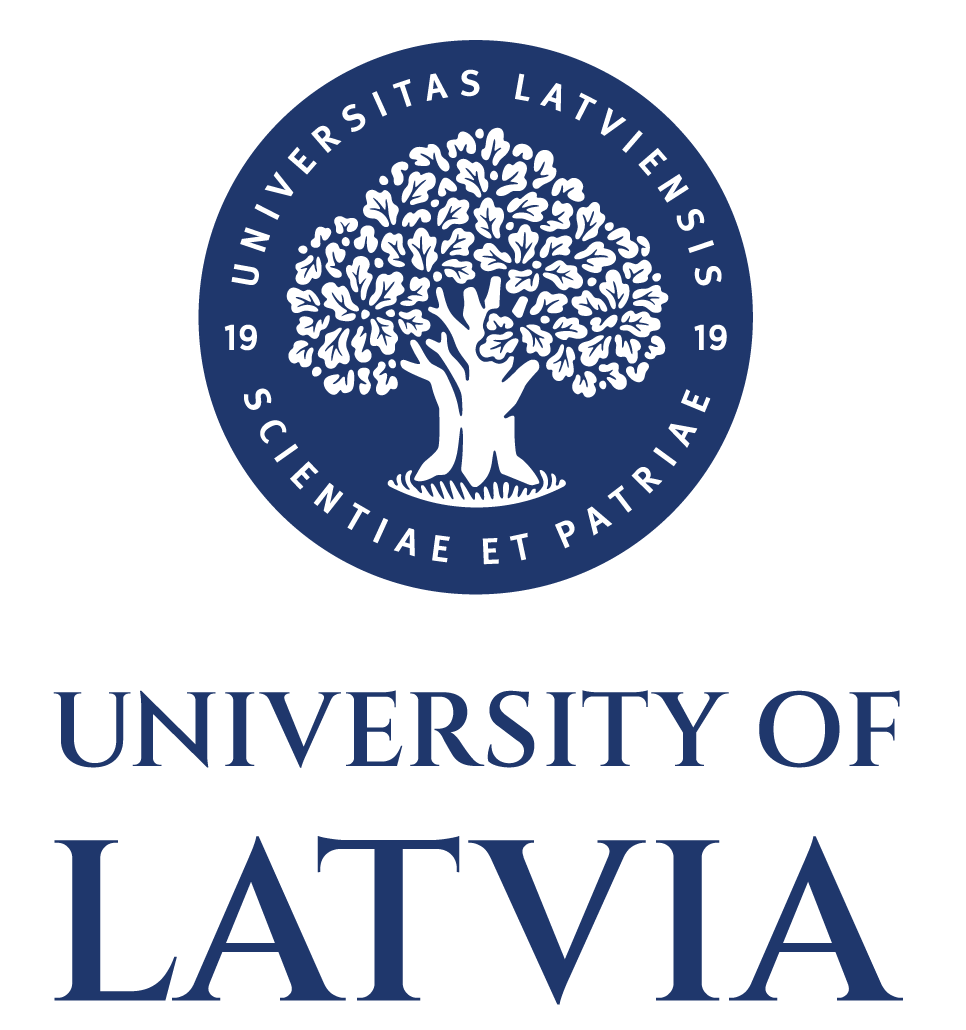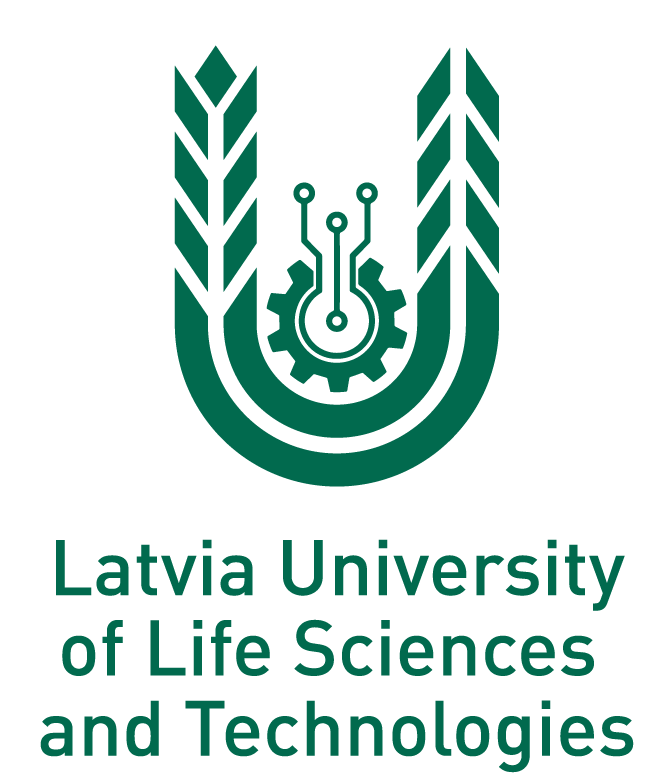About the project
What is eduroam?
eduroam’s secure and privacy-preserving technology means that there is no need to enter usernames and passwords through insecure web browser forms. Your device will identify a valid eduroam access point and log-in automatically. Your password is never shared with any of the access points.
About the project
What is eduroam?
eduroam’s secure and privacy-preserving technology means that there is no need to enter usernames and passwords through insecure web browser forms. Your device will identify a valid eduroam access point and log-in automatically. Your password is never shared with any of the access points.
About the project
What is eduroam?
eduroam’s secure and privacy-preserving technology means that there is no need to enter usernames and passwords through insecure web browser forms. Your device will identify a valid eduroam access point and log-in automatically. Your password is never shared with any of the access points.
Governance
The Global eduroam Governance Committee was constituted in November 2010 and currently comprises fifteen senior representatives of roaming operators in Africa, Asia-Pacific, Latin America, North America and Europe. Secretariat support is provided by the GÉANT Association, which finalised the charter for global eduroam governance after extensive consultation with eduroam leaders from these regions. The GeGC members are officially appointed by the GÉANT Association on the basis of nominations from their regional roaming operators or confederation.
Research & Education
Today research and education are increasingly global with international collaborations working in every field of research. Academics and students are highly mobile with teams joining together from around the globe. How do Institutions and Research and Education Networks support this highly mobile and demanding audience? eduroam helps enable collaboration and mobility by giving students and researchers the ability to roam across more than 100 countries whilst accessing free Wi-Fi services provided by educational establishments.
Institutions
The RADIUS hierarchy forwards user credentials securely to the users’ home institutions, where they are verified and validated. To protect the privacy of the traffic from the user’s device over the wireless network, the latest up-to-date data encryption standards are used. The user’s home institution is responsible for maintaining and monitoring user information, even when the user is at a guest campus. Thus, this data is not shared with other connected institutions.
Governance
The Global eduroam Governance Committee was constituted in November 2010 and currently comprises fifteen senior representatives of roaming operators in Africa, Asia-Pacific, Latin America, North America and Europe. Secretariat support is provided by the GÉANT Association, which finalised the charter for global eduroam governance after extensive consultation with eduroam leaders from these regions. The GeGC members are officially appointed by the GÉANT Association on the basis of nominations from their regional roaming operators or confederation.
Research & Education
Today research and education are increasingly global with international collaborations working in every field of research. Academics and students are highly mobile with teams joining together from around the globe. How do Institutions and Research and Education Networks support this highly mobile and demanding audience? eduroam helps enable collaboration and mobility by giving students and researchers the ability to roam across more than 100 countries whilst accessing free Wi-Fi services provided by educational establishments.
Institutions
The RADIUS hierarchy forwards user credentials securely to the users’ home institutions, where they are verified and validated. To protect the privacy of the traffic from the user’s device over the wireless network, the latest up-to-date data encryption standards are used. The user’s home institution is responsible for maintaining and monitoring user information, even when the user is at a guest campus. Thus, this data is not shared with other connected institutions.
The technology
RADIUS server
The RADIUS hierarchy forwards user credentials securely to the users’ home institutions, where they are verified and validated.
To protect the privacy of the traffic from the user’s device over the wireless network, the latest up-to-date data encryption standards are used.
The user’s home institution is responsible for maintaining and monitoring user information, even when the user is at a guest campus. Thus, this data is not shared with other connected institutions.
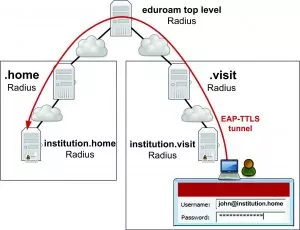
The technology
RADIUS server
The RADIUS hierarchy forwards user credentials securely to the users’ home institutions, where they are verified and validated.
To protect the privacy of the traffic from the user’s device over the wireless network, the latest up-to-date data encryption standards are used.
The user’s home institution is responsible for maintaining and monitoring user information, even when the user is at a guest campus. Thus, this data is not shared with other connected institutions.

The technology
RADIUS server
The RADIUS hierarchy forwards user credentials securely to the users’ home institutions, where they are verified and validated.
To protect the privacy of the traffic from the user’s device over the wireless network, the latest up-to-date data encryption standards are used.
The user’s home institution is responsible for maintaining and monitoring user information, even when the user is at a guest campus. Thus, this data is not shared with other connected institutions.
Tools
Get eduroam and CAT
The project aims to create an integrated open science data management model for Latvia, establishing unified standards, guidelines, access conditions, and security protocols within higher education institutions and science centers, while fostering collaboration and sharing best practices.
Configuration Assistant Tool (CAT)
To help with this, eduroam developed the Configuration Assistance Tool to help organisations on-board their students and staff onto eduroam. (CAT) offered ways for a wide range of different devices (iOS, Android or Windows) to connect to eduroam. However recent changes to the way some operating systems work has meant the CAT alone cannot provide the support needed and so geteduroam was developed.
Get eduroam
eduroam works on many different types of device and because user credentials are managed by the institution, each with their own username and password policies. Because of this, it can sometimes be hard to provide standardised ways for these millions of users to connect their devices for the first time.
Tools
Get eduroam and CAT
The project aims to create an integrated open science data management model for Latvia, establishing unified standards, guidelines, access conditions, and security protocols within higher education institutions and science centers, while fostering collaboration and sharing best practices.
Configuration Assistant Tool (CAT)
To help with this, eduroam developed the Configuration Assistance Tool to help organisations on-board their students and staff onto eduroam. (CAT) offered ways for a wide range of different devices (iOS, Android or Windows) to connect to eduroam. However recent changes to the way some operating systems work has meant the CAT alone cannot provide the support needed and so geteduroam was developed.
Get eduroam
eduroam works on many different types of device and because user credentials are managed by the institution, each with their own username and password policies. Because of this, it can sometimes be hard to provide standardised ways for these millions of users to connect their devices for the first time.
Tools
Get eduroam and CAT
The project aims to create an integrated open science data management model for Latvia, establishing unified standards, guidelines, access conditions, and security protocols within higher education institutions and science centers, while fostering collaboration and sharing best practices.
Configuration Assistant Tool (CAT)
To help with this, eduroam developed the Configuration Assistance Tool to help organisations on-board their students and staff onto eduroam. (CAT) offered ways for a wide range of different devices (iOS, Android or Windows) to connect to eduroam. However recent changes to the way some operating systems work has meant the CAT alone cannot provide the support needed and so geteduroam was developed.
Get eduroam
eduroam works on many different types of device and because user credentials are managed by the institution, each with their own username and password policies. Because of this, it can sometimes be hard to provide standardised ways for these millions of users to connect their devices for the first time.
The technology
Eduroam managed IDP
eduroam relies on all participating institutions to manage a service that controls all their user identities and responds to connection requests from eduroam access points worldwide. This requires the management and support of an Identity Provider (IdP) Service, a well-managed identity backend, and a RADIUS Server to verify the credentials from that backend and grant user access to eduroam. Many smaller institutions may not have the in-house skills or resources to operate the required services and in particular to maintain their integrity. This is why eduroam Managed IdP has been developed.
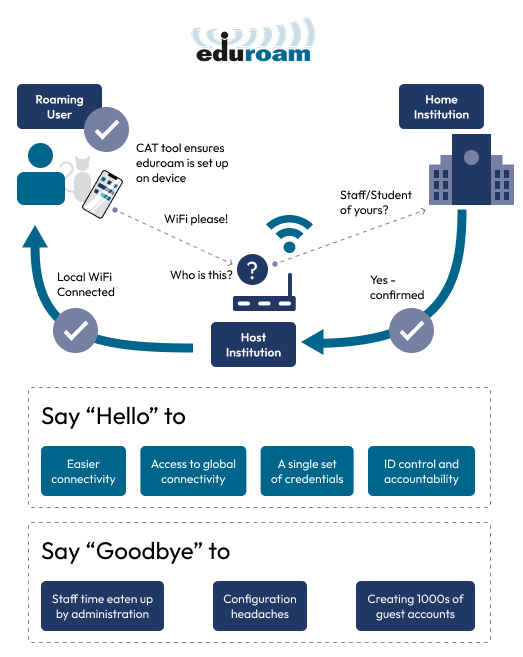
Information
More information on eduroam Managed IdP is available Here. For National Roaming Operators view the NRO Manual. For IdP administrators view the IdP Administrator Manual. For further information about Managed eduroam IdP contact us at help@eduroam.org.
Description
eduroam Managed IdP outsources the technical setup of eduroam IdP functions to the eduroam Operations Team. This leaves the institution only having to focus on its users and frees up valuable technical support resource.
How it works
When your institution administrator creates user credentials in Managed eduroam IdP for you, you will receive an invite email with details how to download your setup for eduroam.

The technology
Eduroam managed IDP
eduroam relies on all participating institutions to manage a service that controls all their user identities and responds to connection requests from eduroam access points worldwide. This requires the management and support of an Identity Provider (IdP) Service, a well-managed identity backend, and a RADIUS Server to verify the credentials from that backend and grant user access to eduroam. Many smaller institutions may not have the in-house skills or resources to operate the required services and in particular to maintain their integrity. This is why eduroam Managed IdP has been developed.

Information
More information on eduroam Managed IdP is available Here. For National Roaming Operators view the NRO Manual. For IdP administrators view the IdP Administrator Manual. For further information about Managed eduroam IdP contact us at help@eduroam.org.
Description
eduroam Managed IdP outsources the technical setup of eduroam IdP functions to the eduroam Operations Team. This leaves the institution only having to focus on its users and frees up valuable technical support resource.
How it works
When your institution administrator creates user credentials in Managed eduroam IdP for you, you will receive an invite email with details how to download your setup for eduroam.

The technology
Eduroam managed IDP
eduroam relies on all participating institutions to manage a service that controls all their user identities and responds to connection requests from eduroam access points worldwide. This requires the management and support of an Identity Provider (IdP) Service, a well-managed identity backend, and a RADIUS Server to verify the credentials from that backend and grant user access to eduroam. Many smaller institutions may not have the in-house skills or resources to operate the required services and in particular to maintain their integrity. This is why eduroam Managed IdP has been developed.
Information
More information on eduroam Managed IdP is available Here. For National Roaming Operators view the NRO Manual. For IdP administrators view the IdP Administrator Manual. For further information about Managed eduroam IdP contact us at help@eduroam.org.
Description
eduroam Managed IdP outsources the technical setup of eduroam IdP functions to the eduroam Operations Team. This leaves the institution only having to focus on its users and frees up valuable technical support resource.
How it works
When your institution administrator creates user credentials in Managed eduroam IdP for you, you will receive an invite email with details how to download your setup for eduroam.

All over the world
Acessability
In Latvia, eduroam is widely used in the academic sector, particularly within the largest universities. As of early 2025, over 390,000 unique user requests have been recorded, indicating high usage. Globally, eduroam is available in more than 100 countries, providing secure wireless internet access to millions of students, researchers, and academic staff. In Latvia, eduroam ensures convenient and reliable connectivity for students, faculty, and visiting users, with its coverage expanding each year—enhancing mobility across the national academic landscape.
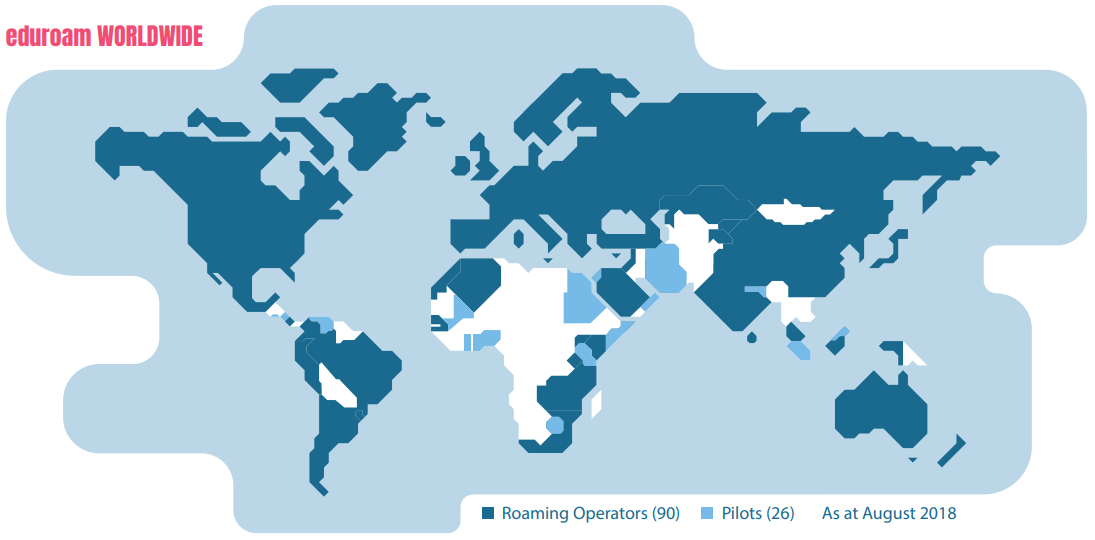
All over the world
Acessability
In Latvia, eduroam is widely used in the academic sector, particularly within the largest universities. As of early 2025, over 390,000 unique user requests have been recorded, indicating high usage. Globally, eduroam is available in more than 100 countries, providing secure wireless internet access to millions of students, researchers, and academic staff. In Latvia, eduroam ensures convenient and reliable connectivity for students, faculty, and visiting users, with its coverage expanding each year—enhancing mobility across the national academic landscape.

All over the world
Acessability
In Latvia, eduroam is widely used in the academic sector, particularly within the largest universities. As of early 2025, over 390,000 unique user requests have been recorded, indicating high usage. Globally, eduroam is available in more than 100 countries, providing secure wireless internet access to millions of students, researchers, and academic staff. In Latvia, eduroam ensures convenient and reliable connectivity for students, faculty, and visiting users, with its coverage expanding each year—enhancing mobility across the national academic landscape.

Thanks to
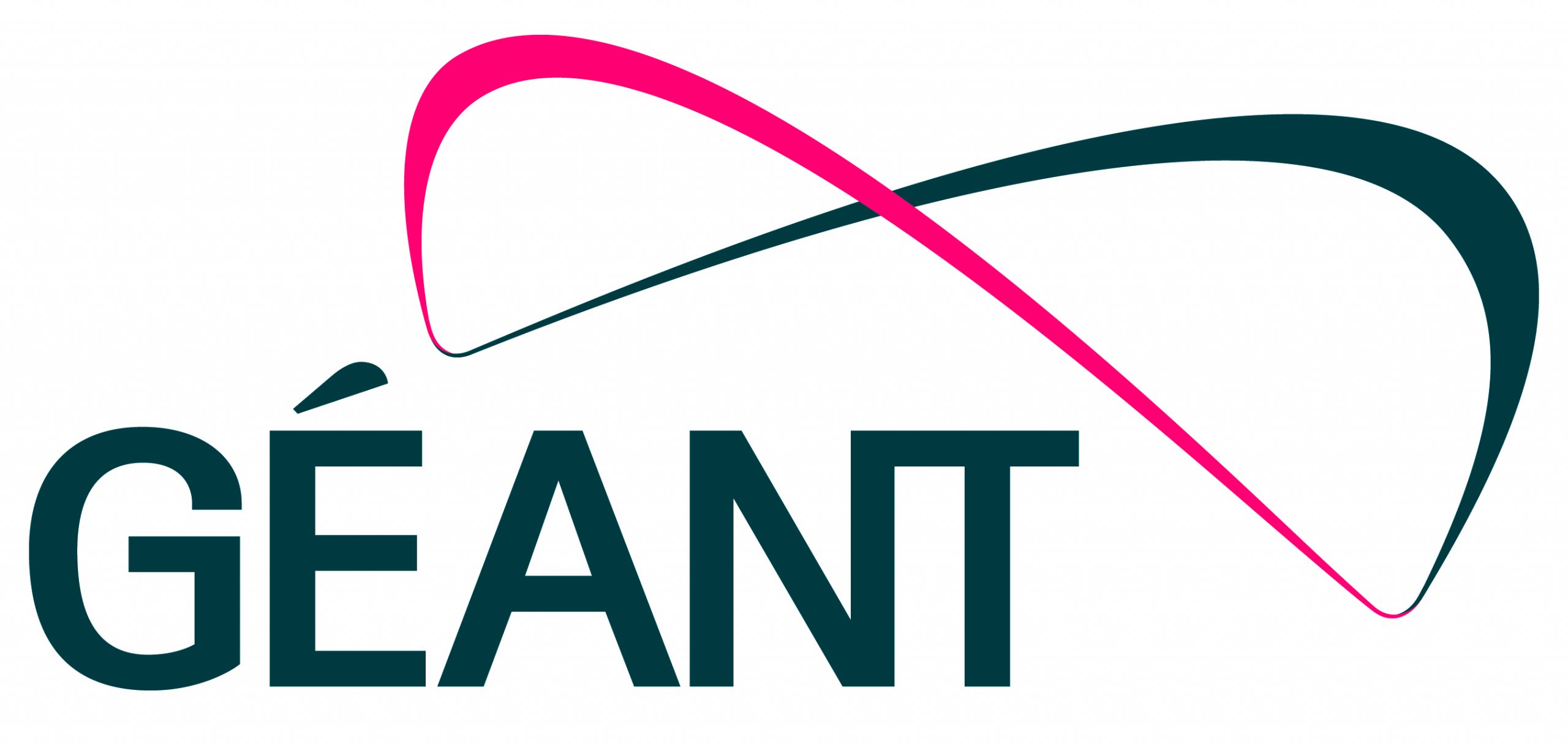
for funding
Funding Statement

